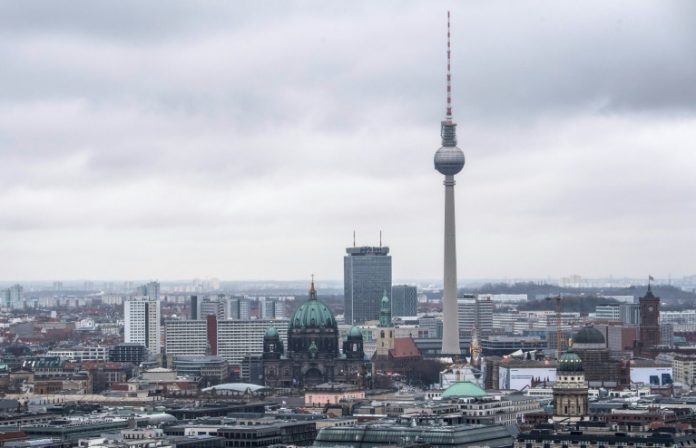Berlin is set to further lower its economic growth forecast Wednesday as Europe’s largest economy cools off, but ministers are unlikely to bend to foreign demands to boost activity with extra government spending.
According to media reports, the German government will unveil figures predicting gross domestic product (GDP) will increase by just 0.5 percent this year.
The downgrade, if confirmed, comes after economy minister Peter Altmaier in January announced expectations of just 1.0 percent expansion in 2019, knocking 0.8 points off an autumn forecast.
Global factors including slowing trade, Brexit and US President Donald Trump’s commercial confrontations with Europe and China have hit the eurozone powerhouse particularly hard.
And a string of local one-off factors were blamed by economists for throttling expansion.
In the vital car industry new emissions tests proved a bottleneck for manufacturers, while a harsh drought lowered water levels in the Rhine river, a key waterway for firms in sectors such as chemicals.
But more structural challenges are also present, including an ageing population and a chronic lack of public investment in infrastructure and high-tech innovations.
The International Monetary Fund in its April economic outlook repeated its long-running call for Germany to spend its way out of a downturn.
To avoid the German slowdown contaminating the rest of the eurozone, “the available fiscal space can be used to increase public investment in physical and human capital or reduce the labour tax wedge”, the IMF judged.
The Washington-based fund also slashed the country’s growth forecast to 0.8 percent, in line with domestic bodies such as Berlin’s “Wise Men” council of economic advisers and leading think-tanks.
So far the Chancellor Angela Merkel’s government has fended off demands from abroad to loosen its purse strings.
“We are not in a recession, our growth is slowing,” finance minister Olaf Scholz said at a G20 meeting in Washington last week.
Germany’s fall to earth began late last year, after growth had hit the – for western Europe – comparatively breakneck pace of 2.2 percent in 2017.

After a contraction of 0.2 percent in July-September, the next three months brought zero growth – allowing Germany to just escape a “technical recession” or two successive quarters of shrinkage.
Across the whole year, the stumbling second half was enough to slow expansion to 1.4 percent.
In Washington, Scholz said “we did already what everybody is asking us”, with “a very expansive investment strategy” in infrastructure, education, the digital economy and the “Energiewende” or transition to renewable energy generation.
IMF European Department chief Poul Thomsen acknowledged the increase amounted to some 0.7 percent of GDP, but said “we need to see more and keep it coming”.
Looking in more detail at the rest of 2019, most of the acute problems have faded but economic indicators now point in different directions, puzzling observers.
Anaemic factory orders and production data stand in opposition to rising business and investor confidence, while the mood among the public remains buoyant thanks largely to unemployment at its lowest since the country’s 1990 reunification – 4.9 percent in March.

“The German economy remains a mystery,” said economist Carsten Brzeski of ING bank, highlighting a stark contrast in Europe’s powerhouse.
Weakness in export-oriented manufacturing firms is “reflecting the global slowdown as well as increased global uncertainty”, he said, while services firms’ strength “reflects the sound domestic fundamentals”.
But in recent days “the reversal of last year’s one-off factors, some encouraging recent evidence from global activity as well as continued solid domestic fundamentals have again brightened the outlook”, Brzeski said.
When those effects begin to be reflected in harder economic data, “it could be time for first (tentative) upward revisions” to forecasts, he suggested.
For its part, the European Central Bank expects a rebound in the second half of the year for the 19-nation eurozone.












